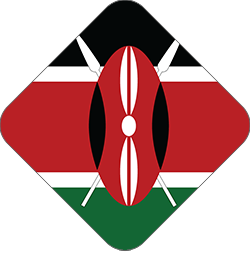- July 31, 2019
- Posted by: emblisha
- Category: News

There have been significant changes in Kenya’s media landscape, and a recently published report by TIFA Research and Reelforge provides insights into what the changes have been.
The differences in the Kenyan media landscape before and after the digital broadcasting migration are like day and night. According to data provided by the Communications Authority of Kenya, between the years 2015 and 2019, the number of TV channels has skyrocketed from 9 to 68.
Radio stations have also seen an increase over the same time frame from 120 to 173. The data also mentions that 22 new online sites were launched over the years.
According to KARF data, the listenership for radio has dropped from 92% in 2017 to 66% in 2019 but still remains the most consumed media in Kenya. These stats prove that when people are offered TV, they start to gradually move away from radio.
TV and online audiences have grown by a large margin over the same period.
Data gathered by the Communications Authority of Kenya shows growth in internet users from 16.4 million in 2014 to a staggering 45.7 million in 2018. Since Kenya’s population stands at approximately 50.9 million, the latter figure has been criticised as overly optimistic and inaccurate.
Amongst Kenya’s internet users, the most popular platforms in 2019 were: WhatsApp, Facebook, YouTube and Instagram. Whatsapp occupied the top spot with 82% of the nation’s internet users, and Instagram in last place at 48%.
Based on a survey by the Marketing Society of Kenya, 47% of respondents believed that social media is the most successful channel to reach consumers in a digital ecosystem.
Credit: This article originated from www.allafrica.com
